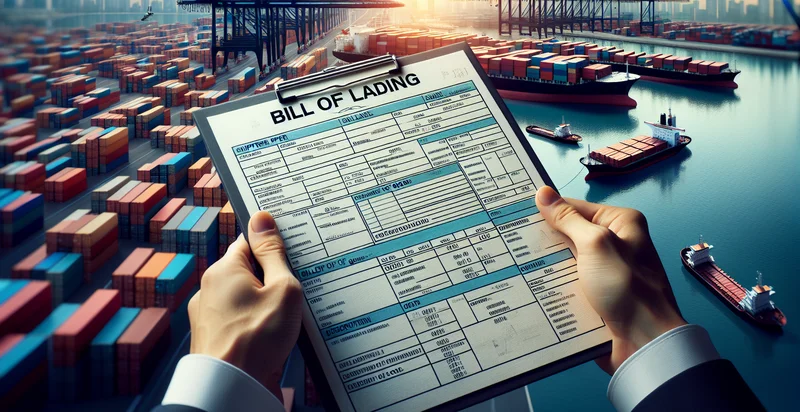Identify language of bill of lading
using AI
Below is a free classifier to identify language of bill of lading. Just input your text, and our AI will predict the language used in a bill of lading. - in just seconds.

Contact us for API access
Or, use Nyckel to build highly-accurate custom classifiers in just minutes. No PhD required.
Get started
import nyckel
credentials = nyckel.Credentials("YOUR_CLIENT_ID", "YOUR_CLIENT_SECRET")
nyckel.invoke("language-of-bill-of-lading", "your_text_here", credentials)
fetch('https://www.nyckel.com/v1/functions/language-of-bill-of-lading/invoke', {
method: 'POST',
headers: {
'Authorization': 'Bearer ' + 'YOUR_BEARER_TOKEN',
'Content-Type': 'application/json',
},
body: JSON.stringify(
{"data": "your_text_here"}
)
})
.then(response => response.json())
.then(data => console.log(data));
curl -X POST \
-H "Content-Type: application/json" \
-H "Authorization: Bearer YOUR_BEARER_TOKEN" \
-d '{"data": "your_text_here"}' \
https://www.nyckel.com/v1/functions/language-of-bill-of-lading/invoke
How this classifier works
To start, input the text that you'd like analyzed. Our AI tool will then predict the language used in a bill of lading..
This pretrained text model uses a Nyckel-created dataset and has 29 labels, including Arabic, Bulgarian, Czech, Danish, Dutch, English, Filipino, Finnish, French and German.
We'll also show a confidence score (the higher the number, the more confident the AI model is around the language used in a bill of lading.).
Whether you're just curious or building language of bill of lading detection into your application, we hope our classifier proves helpful.
Related Classifiers
Need to identify language of bill of lading at scale?
Get API or Zapier access to this classifier for free. It's perfect for:
- Document Language Verification: This use case involves automatically identifying the language of documents such as bills of lading to ensure compliance with international shipping regulations. By verifying the language, companies can avoid errors associated with misinterpretation and improve communication with shipping partners globally.
- Automated Translation Requests: By determining the language of the bill of lading, businesses can streamline their translation processes for international shipments. This allows for timely and accurate language translations, enhancing efficiency in cross-border logistics.
- Data Extraction and Processing: The language identification function can be used to direct specific data extraction protocols based on the language of the bill of lading. This ensures that data is processed using the appropriate linguistic rules, thereby increasing the accuracy of information retrieved.
- Compliance Monitoring: Logistic companies can utilize this function to monitor compliance with various legal and regulatory requirements across different regions. Knowing the language ensures that all necessary documentation is provided in the correct language, mitigating legal risks.
- Enhanced Customer Support: Identifying the language of a bill of lading can lead to improved customer service by routing queries to language-specific support teams. This helps in resolving customer issues more efficiently and enhances client satisfaction through personalized communication.
- Risk Assessment and Fraud Prevention: By analyzing the languages used in bills of lading, companies can better assess the risk of fraud in transactions. Anomalies in language use can trigger further investigation, helping to prevent potential financial losses.
- Analytics and Reporting: Businesses can aggregate data on the languages of bills of lading to gain insights into market trends and operational efficiencies. This analytics capability enables companies to better understand their shipping demographics and make informed strategic decisions.


